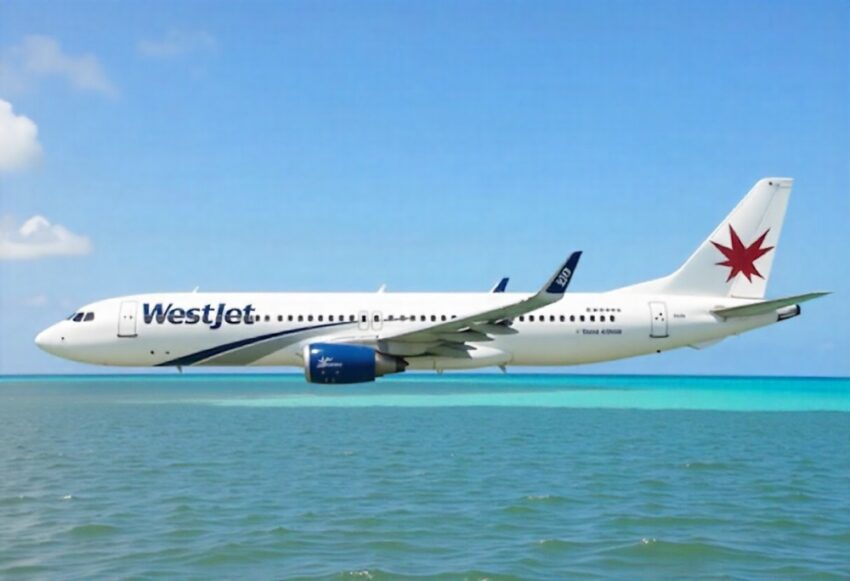Philippines Unites with Vietnam as New Direct Air Route Sets to Strengthen Travel and Economic Ties Across ASEAN

The launch of a new direct air route between Philippines and Vietnam is set to strengthen travel and economic ties across ASEAN by providing greater connectivity and more efficient travel options. This direct link is expected to enhance tourism, trade, and business cooperation, fostering stronger relationships between the two nations and supporting the broader ASEAN economic community. With daily flights and convenient schedules, the route promises to boost regional collaboration and offer more opportunities for both business and leisure travelers.
Vietnam Airlines has expanded its footprint in the ASEAN region by launching a new direct air route between Hanoi and Jakarta. The announcement was made during a ceremony in Jakarta on November 4, marking a significant step for the carrier in reinforcing its presence in the Indonesian market. The Hanoi–Jakarta route is the second direct connection between Vietnam and Indonesia introduced by Vietnam Airlines this year, following the successful launch of the Ho Chi Minh City–Denpasar service in June.
This move is part of the airline’s broader strategy to enhance its connectivity within the Southeast Asian region. With the growing importance of the ASEAN aviation market, Vietnam Airlines is positioning itself to cater to the increasing demand for travel between these two dynamic nations. The new route further underscores the airline’s long-term commitment to strengthening its network and improving accessibility for passengers traveling between Vietnam and Indonesia.
The inaugural flight for the new route is scheduled for November 22, 2025, and it will operate daily, offering convenient overnight flight times. This schedule is designed to optimize the travel experience, allowing passengers to make full use of their daytime hours for work, sightseeing, or domestic travel upon arrival. The overnight flight option is particularly beneficial for business travelers and tourists alike, as it enables them to save valuable time, maximizing their productivity or leisure time at the destination.
Connecting Vietnam and Indonesia for Business and Tourism
The new route offers practical benefits for both business and leisure travelers. For business professionals, the flexibility of overnight flights allows them to seamlessly travel between the two countries, attend meetings, and return the following day, all without losing precious work time. Similarly, tourists will be able to take advantage of the direct flight to explore the vibrant cultures and scenic destinations of both nations with more efficiency.
This direct air route between Hanoi and Jakarta is expected to drive significant growth in tourism and business exchanges between Vietnam and Indonesia. The two nations share a long history of close diplomatic and economic relations, and the new service reflects this mutual trust and cooperation. Indonesia, with its vast market and economic potential, is seen as a key growth area for Vietnam Airlines, and this route will serve as a bridge to unlock more opportunities for trade, tourism, and cultural exchange.
The new service also strengthens Vietnam Airlines’ competitiveness within the ASEAN aviation market. The airline has long been a key player in the region, with a growing network that connects various destinations in Southeast Asia and beyond. By adding the Hanoi–Jakarta route, Vietnam Airlines continues to expand its offerings to meet the increasing demand for seamless travel within ASEAN and between neighboring countries.
A Stronger Vietnam-Indonesia Partnership
Both Vietnam and Indonesia are vibrant members of ASEAN, and the launch of this new direct route symbolizes the growing partnership between the two nations. The air link is expected to promote further collaboration in sectors such as business, education, and tourism, while deepening the people-to-people ties that have long existed between the two countries.
The direct service between Hanoi and Jakarta is also seen as an important development for the wider ASEAN community, fostering stronger regional integration and cooperation. The increased connectivity between two major Southeast Asian nations will pave the way for more bilateral exchanges, benefiting not only travelers but also businesses looking to tap into the thriving markets in both Vietnam and Indonesia.
Ambassadors and officials from both countries have highlighted the symbolic significance of the new air route, which is expected to play a vital role in enhancing the already strong bilateral relations between Vietnam and Indonesia. The route will not only help facilitate the movement of people but also enable easier access to each other’s growing markets, fostering economic growth and deeper cooperation across various sectors.
Looking Ahead: Vietnam Airlines’ Continued Expansion
The Hanoi–Jakarta route is just one example of Vietnam Airlines’ ongoing efforts to diversify and expand its network across the ASEAN region and beyond. As part of its long-term strategic plan, the airline is committed to continually enhancing its services, increasing connectivity, and meeting the evolving travel needs of passengers.
The addition of this new route is a clear indication that Vietnam Airlines is not only focused on expanding its network but also on enhancing its service offerings, ensuring that passengers enjoy a smooth and comfortable travel experience. With the opening of new routes like the Hanoi–Jakarta service, the airline aims to become a leading carrier in the Southeast Asian aviation market, providing travelers with greater convenience and more travel options.
By continuing to invest in its infrastructure and expanding its network, Vietnam Airlines is poised to capitalize on the increasing demand for air travel in the ASEAN region and strengthen its position as a major player in the international aviation industry. As the airline prepares to launch the Hanoi–Jakarta route in November 2025, both business travelers and tourists alike can look forward to easier and more efficient travel between two of Southeast Asia’s most exciting and rapidly growing destinations.
The new direct air route between Philippines and Vietnam is set to strengthen travel and economic ties across ASEAN by offering enhanced connectivity, fostering trade, and boosting tourism between the two nations. This move opens up new opportunities for business and leisure travelers, further integrating the ASEAN region.
The Hanoi–Jakarta direct flight marks an exciting chapter in the ongoing partnership between Vietnam and Indonesia, serving as a gateway for enhanced business and tourism opportunities. With daily operations, convenient overnight flights, and the potential for expanded regional cooperation, the new air route will undoubtedly become a popular choice for travelers seeking to explore the best that both nations have to offer.
The post Philippines Unites with Vietnam as New Direct Air Route Sets to Strengthen Travel and Economic Ties Across ASEAN appeared first on Travel And Tour World.


